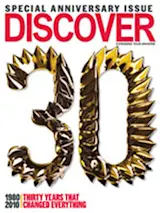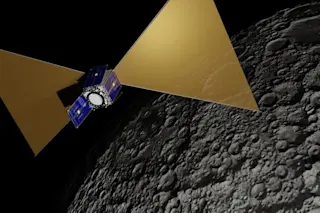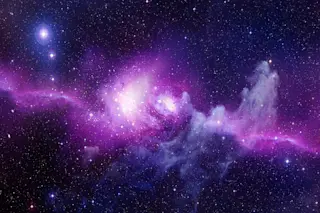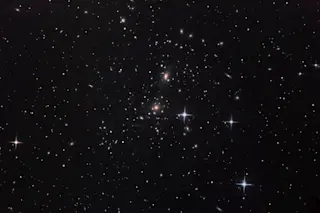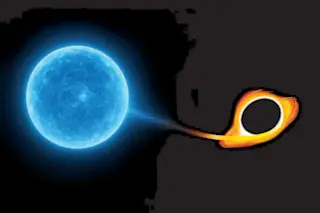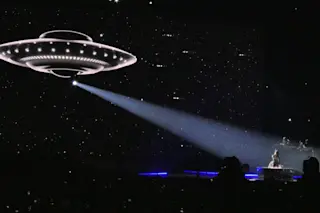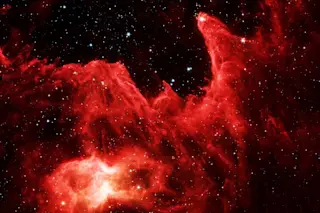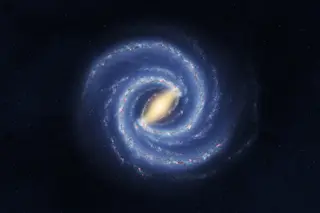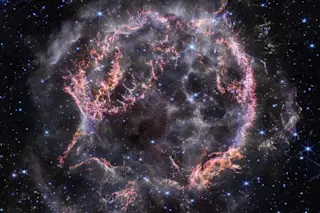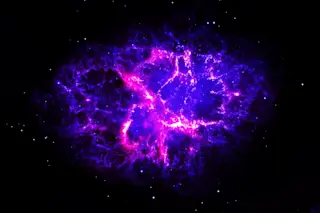Physicist Saul Perlmutter vividly remembers what cosmology was like during his grad student days 25 years ago. “It was a standing joke that if you were within a factor of 10 with your measurements, you were doing well,” he says. Estimates of the universe’s age ranged from 7 billion to 20 billion years. It wasn’t a discipline renowned for exactitude.
Cosmology was reborn on November 18, 1989, with the launch of the Cosmic Background Explorer (COBE) satellite. COBE made the first precise measurements of the faint radiation left over from the Big Bang. According to theory, tiny quantum fluctuations were blown up to cosmic proportions within the first fraction of a second after the birth of the universe, creating lumps that seeded today’s galaxies and galaxy clusters. COBE found the imprints of those fluctuations, strong evidence for the standard model of the Big Bang. A second, even more shocking development ...


